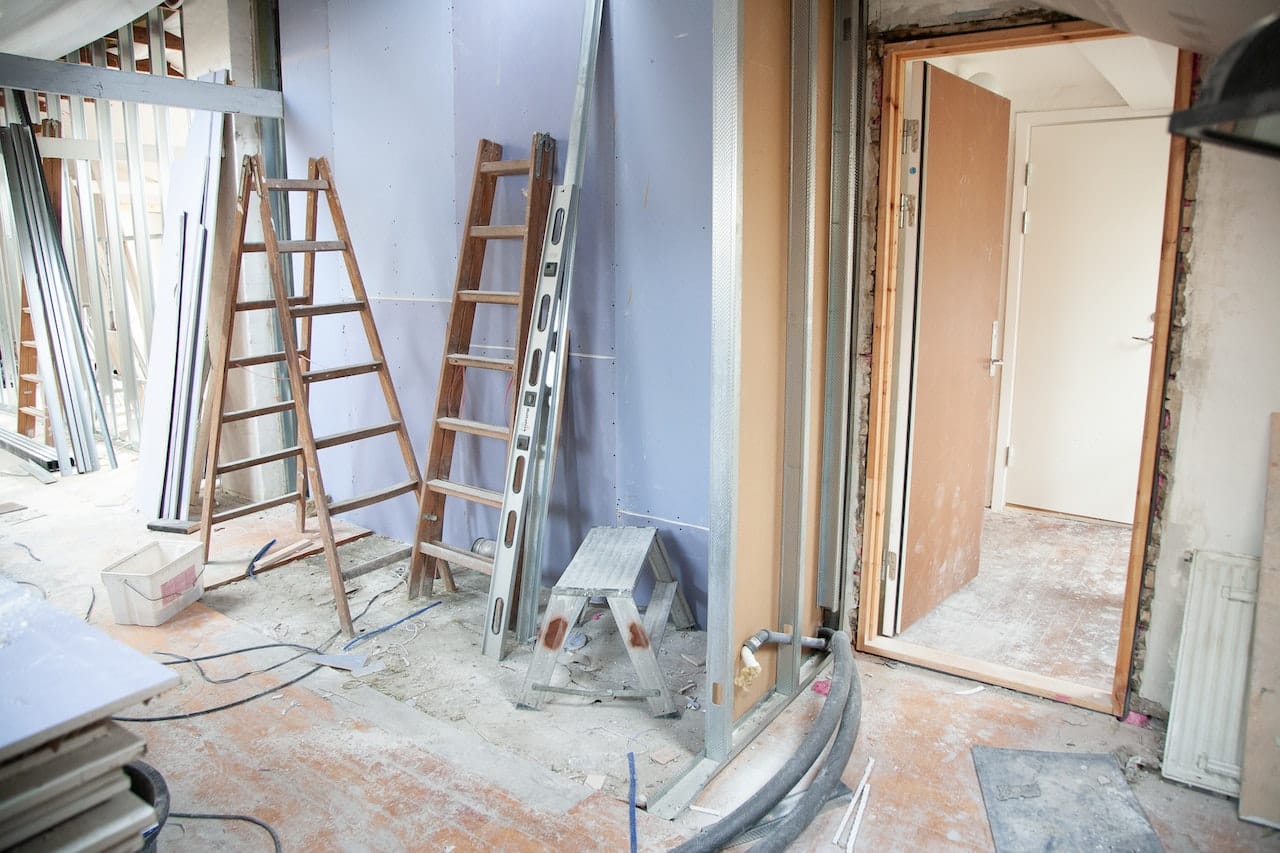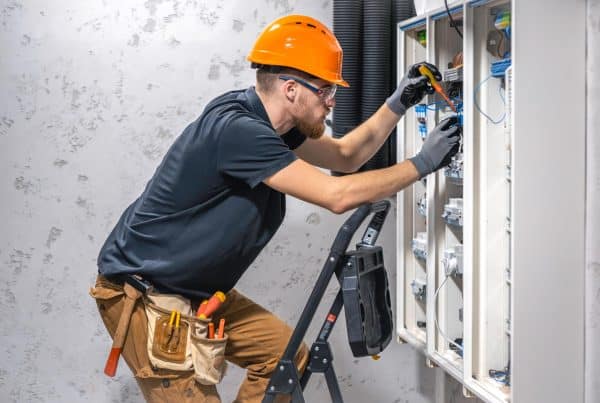When it comes to home renovations, sustainability is a trend that’s here to stay. More homeowners realize the environmental and creative benefits of recycling and repurposing materials in their projects. A sustainable approach reduces waste and adds a unique, personalized touch to your home. In this comprehensive guide, we’ll delve into the role of recycling and repurposing in home renovations, exploring the benefits, creative opportunities, and practical considerations to help you embark on your eco-friendly journey.
Benefits of Recycling and Repurposing
Recycling and repurposing in home renovations offer a plethora of benefits. From an environmental perspective, these practices significantly reduce the amount of waste that ends up in landfills. By giving new life to old materials and items, you help conserve natural resources and minimize the energy required to manufacture new ones. This translates into a lower carbon footprint and a greener planet.
Moreover, recycling and repurposing can save you money during your renovation project. Instead of investing in expensive new materials, consider reclaiming wood, bricks, or even vintage fixtures. Not only do these reclaimed materials often come at a lower cost, but they also infuse character and history into your home. Plus, the creative aspect is undeniable. Repurposing old doors into unique tables, restoring vintage furniture, or crafting custom shelving from reclaimed wood allows you to personalize your space in a way that’s impossible with off-the-shelf items.
Creative Projects Using Reclaimed Materials
One of the most exciting aspects of recycling and repurposing is the opportunity for creativity. Homeowners, DIY enthusiasts, and professional renovators alike have embraced the challenge of incorporating reclaimed materials into their projects. Consider reclaimed wood, for instance. Weathered planks from an old barn can be transformed into rustic flooring or stunning accent walls, adding warmth and history to your space. When properly restored, reclaimed doors can become captivating headboards, room dividers, or even the centerpiece of a dining table.
Embracing DIY or hiring professionals, you can explore countless possibilities. Picture antique windows repurposed into picture frames or garden trellises. Vintage crates can be stacked and secured to form unique shelves or storage units. When you embark on such projects, you reduce waste and enjoy the satisfaction of turning old, forgotten items into functional and decorative pieces. Recycling and repurposing truly unleash your inner creativity, allowing you to make your home as unique as you are.
Upcycling Furniture and Decor
Upcycling takes recycling further by repurposing items into new creations of higher value. It’s about breathing new life into old furniture and decor, reimagining their roles in your home. Have a tired, old dresser? Instead of discarding it, consider refinishing and repainting it in a style that complements your home’s aesthetic. Doing so transforms an item with sentimental or historical value into a piece that’s not just beautiful but also uniquely yours.
Upcycling doesn’t stop at furniture. Old crates, wine barrels, or pallets can be converted into stylish coffee tables, bookshelves, or wall-mounted storage. Antique sewing machines may find new purpose as ornamental stands, while vintage suitcases can be stacked and transformed into a chic bedside table with storage. The possibilities are limited only by your imagination and the materials at hand. Upcycling adds character to your home and reduces the demand for new furniture and decor items, lessening the environmental impact of manufacturing and transportation.
Salvaging Building Materials
For a sustainable approach to renovation, consider salvaging building materials from your project’s demolition phase. When you remove elements like bricks, windows, or roofing materials, these materials can often be salvaged and reused, giving your project an authentic and eco-friendly touch. Salvaging building materials is a win-win for your renovation budget and the environment.
Imagine old bricks cleaned and repurposed to create a charming garden path or a rustic fireplace. Salvaged windows can be refurbished and transformed into eye-catching mirrors or room dividers, adding a touch of history to your space. Roofing materials like slate tiles or cedar shingles may have decades of life left in them and can be reused, preserving resources and adding a timeless appeal to your renovation. Salvaging building materials helps reduce waste and gives your home a sense of character and continuity that is hard to achieve with entirely new materials.
The Role of Salvage Yards and Thrift Stores
Salvage yards and thrift stores are treasure troves for eco-conscious renovators. These locations are filled with unique finds, from vintage lighting fixtures to reclaimed wood and architectural elements. Navigating these spaces effectively requires some knowledge and savvy shopping skills. Begin by researching your area’s salvage yards and thrift stores to discover the ones that best match your project’s needs.
Before setting off, list the materials or items you’re searching for, but keep an open mind for unexpected discoveries. Once on-site, explore every nook and cranny, as you never know where your next gem may be hiding. Thrift stores often offer a wide range of furniture and decor items, while salvage yards are known for building materials, antique fixtures, and architectural elements. Don’t hesitate to negotiate prices when shopping in these locations, but do so respectfully. Scrutinize items to ensure their quality, and always inquire about the history of the materials or pieces you’re considering. Remember that by supporting salvage yards and thrift stores, you contribute to the circular economy, keeping valuable resources in use and reducing waste.
Eco-Friendly Paint and Finishes
To complete the eco-friendly transformation of your home, consider sustainable paint options and environmentally conscious finishes. Traditional paints and finishes often contain volatile organic compounds (VOCs), which can emit harmful gases into the air, contributing to indoor air pollution and posing health risks. Eco-friendly alternatives, such as low-VOC or zero-VOC paints, offer a safer and more sustainable choice for your home renovation.
Low-VOC paints have significantly reduced harmful chemicals, making them better for the environment and your health. They come in various colors and finishes, ensuring you can achieve your desired look without compromising sustainability. In addition to low-VOC paints, consider recycled or reclaimed paints, which are often available in various colors and finishes, allowing you to incorporate recycled materials into your project. When it comes to finishes, seek out eco-friendly options that align with your project’s sustainability goals. Natural oils and waxes can be used for wood surfaces, providing protection and a natural, matte finish. Water-based finishes are another eco-friendly choice, offering low toxicity and minimal environmental impact. When you select eco-friendly paints and finishes, you enhance the indoor air quality of your home and contribute to a healthier living environment.
Challenges and Considerations
As you embark on a journey of recycling and repurposing in your home renovation, you’ll encounter challenges and considerations that are important to address. One challenge is the investment of time and effort required for projects involving reclaimed materials and upcycling. While these projects can be gratifying, they may demand a certain level of dedication and craftsmanship to ensure the best results. For those who relish hands-on work, this challenge is an opportunity for creative expression and skill-building. However, it is essential to assess whether you have the time and expertise required for your chosen projects and whether the result aligns with your vision.
Another consideration in recycling and repurposing is the compatibility of reclaimed or upcycled materials with the overall design of your home. While these materials often possess unique character and history, they may not seamlessly fit into modern or minimalist aesthetics. Finding a balance between sustainability and aesthetics is crucial to address this. For example, a vintage door can be repurposed into a stylish table, but it may require design adjustments to integrate smoothly with your existing decor.
Moreover, achieving a cohesive design theme may be more challenging when working with diverse reclaimed materials. To address this, consider consulting with an interior designer or architect to ensure that your recycled and repurposed elements harmonize with your home’s overall look. By thoughtfully considering the practical aspects of your renovation and balancing sustainability with aesthetics, you can overcome these challenges and create a sustainable living space.
Final Thoughts
In conclusion, recycling and repurposing materials in home renovations offer a sustainable approach that reduces waste, conserves resources, and adds character to your living space. As you embark on your own recycling and repurposing journey, remember the multiple benefits of this eco-conscious approach. By incorporating reclaimed materials and upcycled items into your projects, you reduce the environmental impact of your renovation and enjoy the creative satisfaction of giving old items new life.
Address challenges with a practical mindset throughout your recycling and repurposing endeavors. Whether it’s investing the time and effort required for hands-on projects or ensuring that reclaimed materials align with your home’s design, thoughtful planning and creativity can overcome any obstacle. By balancing sustainability, aesthetics, and practicality, you’ll achieve a home that’s uniquely yours, kind to the environment, and a testament to your creativity and commitment to a greener, more sustainable future. Remember, the beauty of recycling and repurposing lies in the materials and the stories and memories they carry, transforming your house into a home with history and heart.








